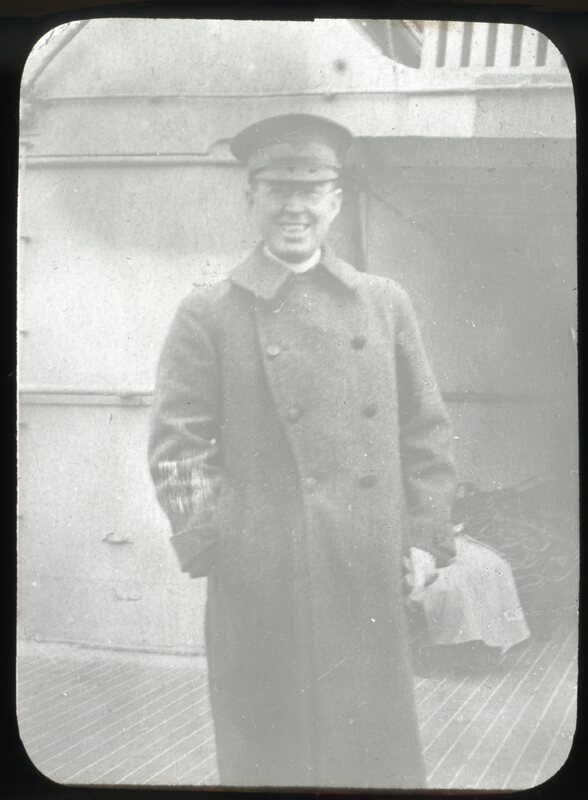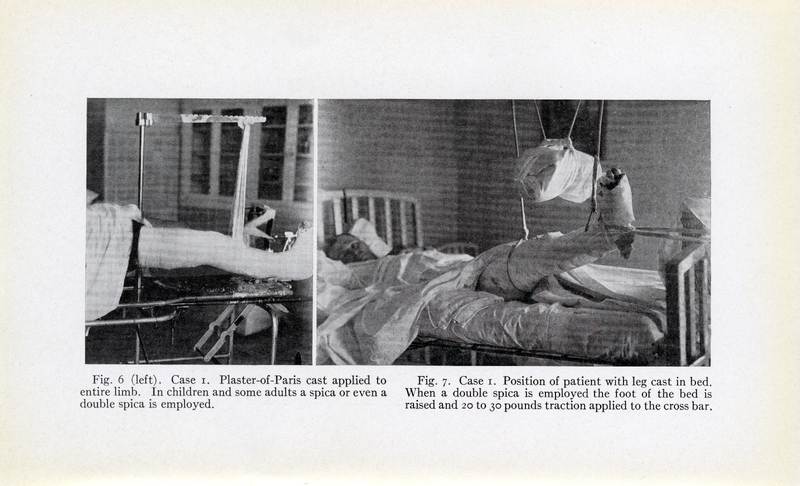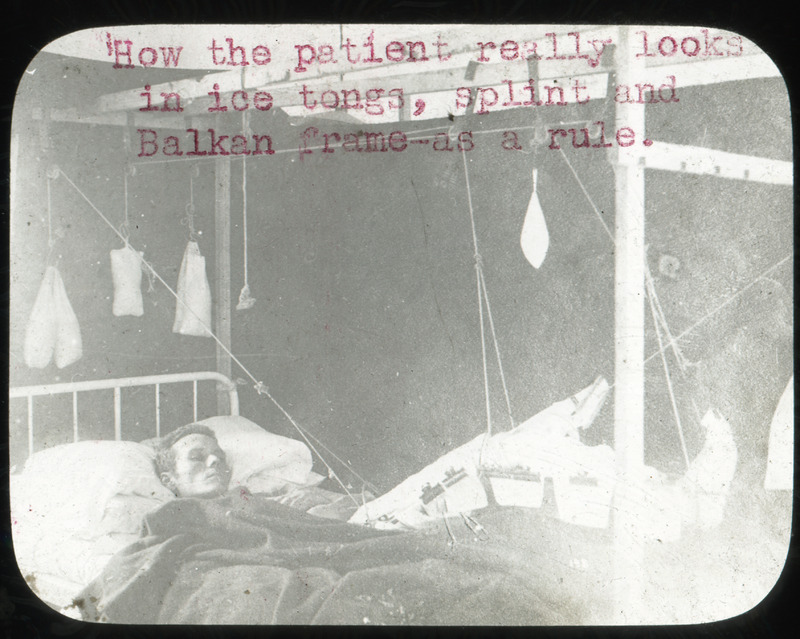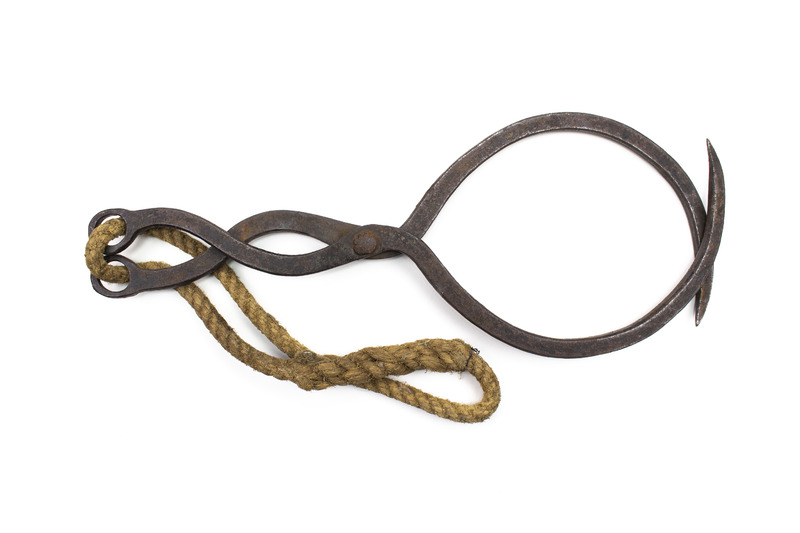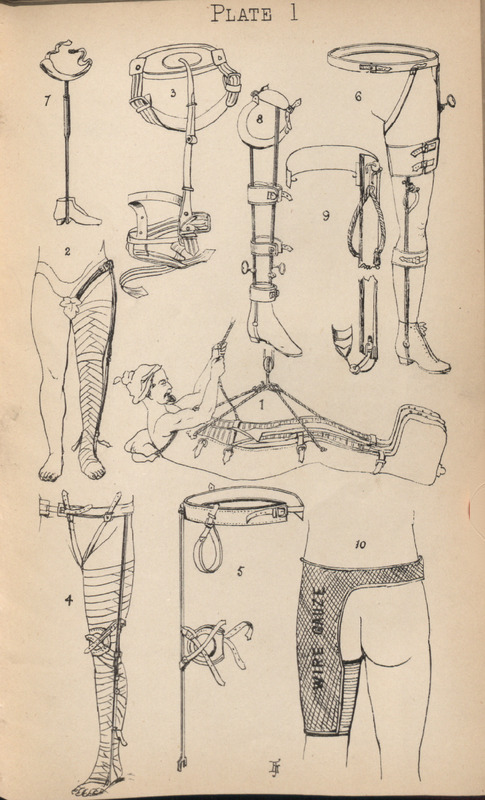The Orr Method
During WWI, Dr. Orr was stationed with the Army Medical Department in England and France as a member of the Goldthwait Unit of orthopedic surgeons. Commissioned as a captain in 1917, he served two years and was discharged in 1919 as a lieutenant colonel. During his service, Dr. Orr observed that open fractures from gunshot wounds healed very slowly. He became convinced that continued and frequent wound dressing changes delayed healing. Inspired by Hugh Owen Thomas’s “rest, enforced uninterrupted and prolonged” philosophy, Dr. Orr developed a different treatment that was known as the “Orr Method” for treating bone and wound infections and compound fractures. This involved encasing open wounds in plaster, even suppurating wounds. The immobilization allowed the wounds to heal more quickly. He also developed techniques using skeletal pins, plaster of Paris and other immobilizing devices for stabilizing compound fractures. At his death in 1956, Dr. Orr was buried in Arlington Cemetery with full military honors.

